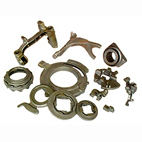
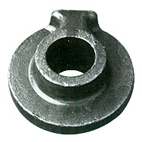
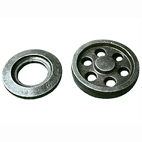

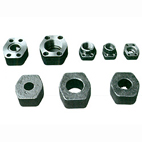
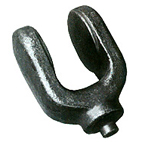
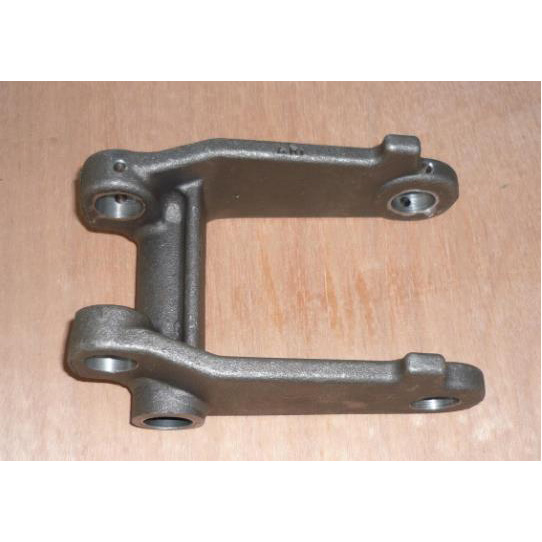
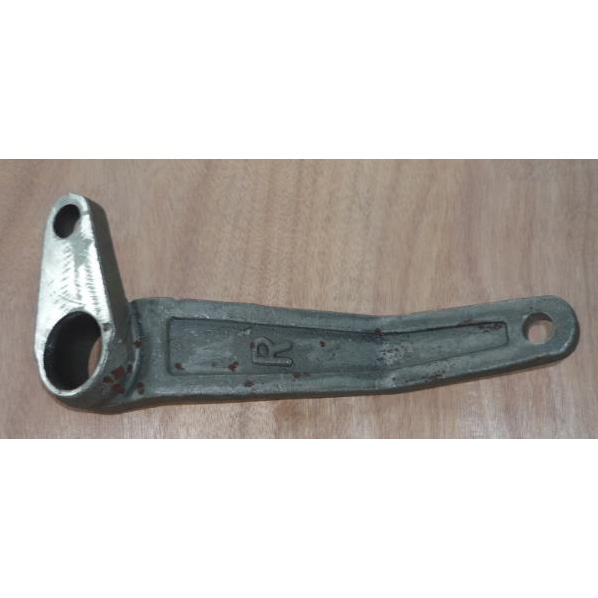
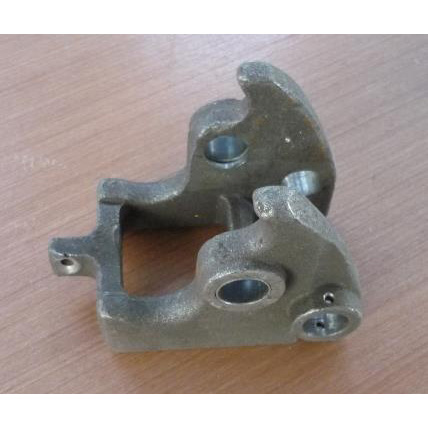
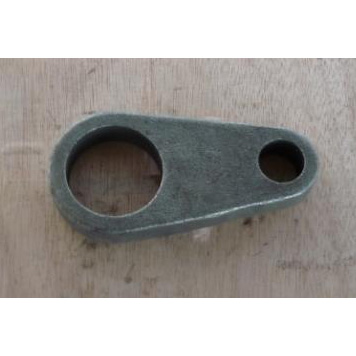
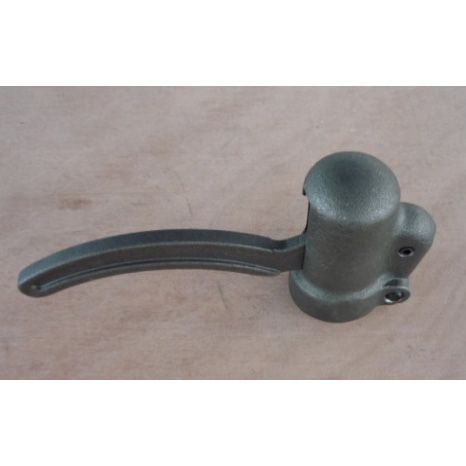

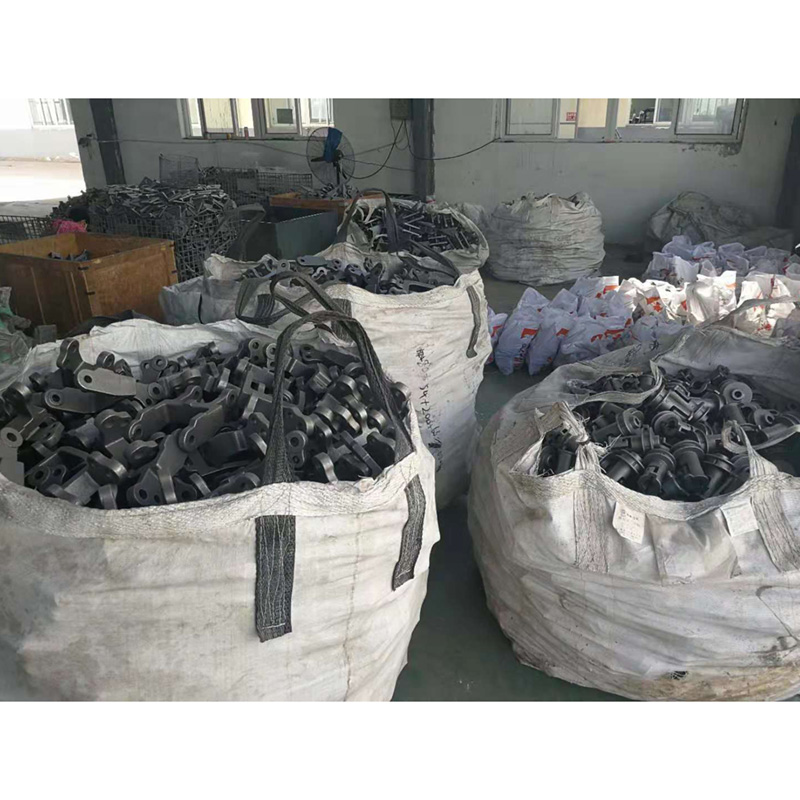
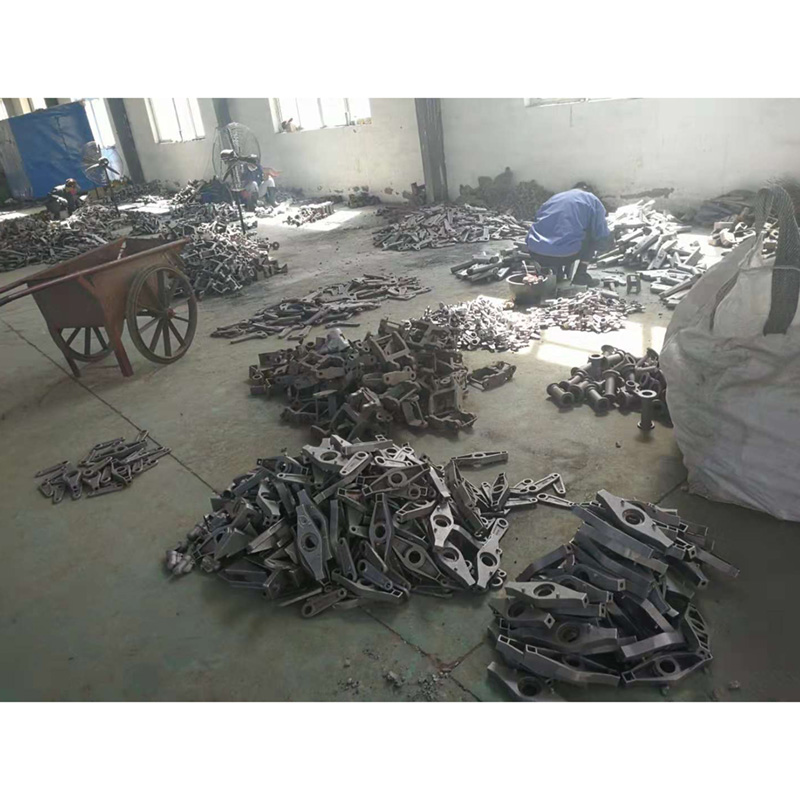
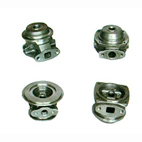
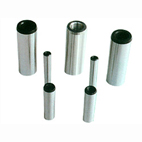
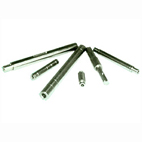
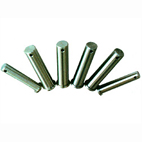
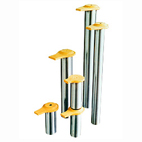
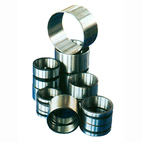
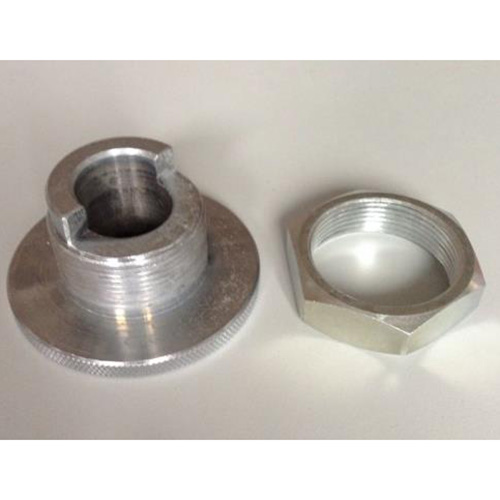
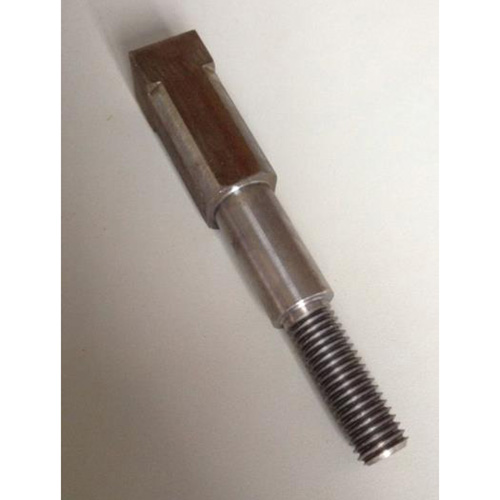
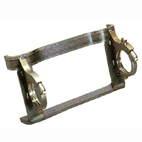
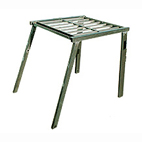

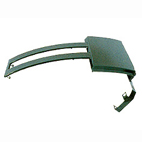
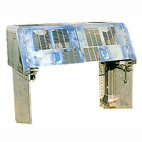
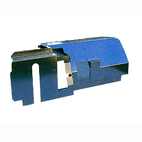
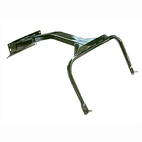

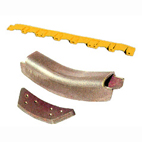
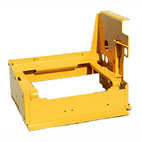
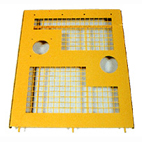
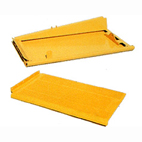


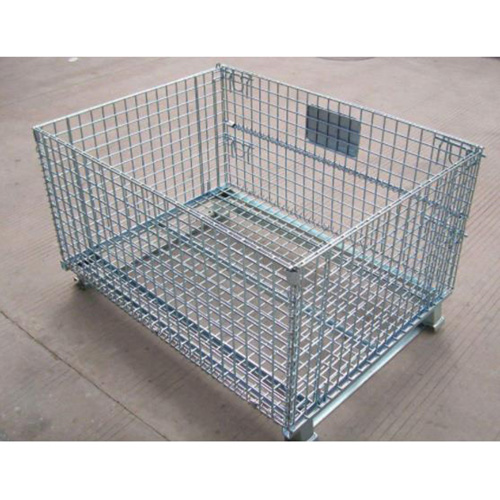
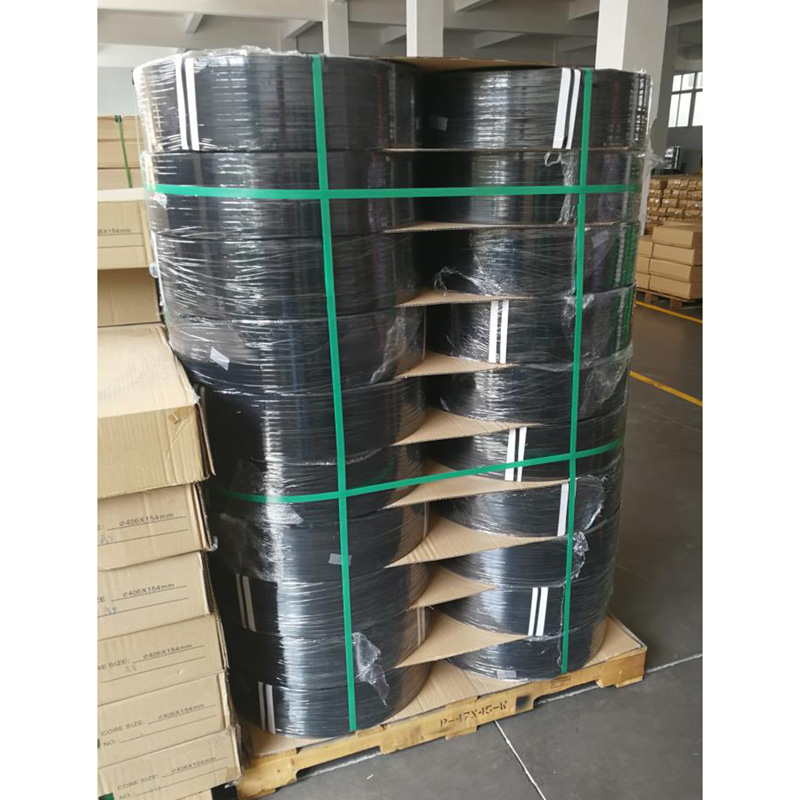


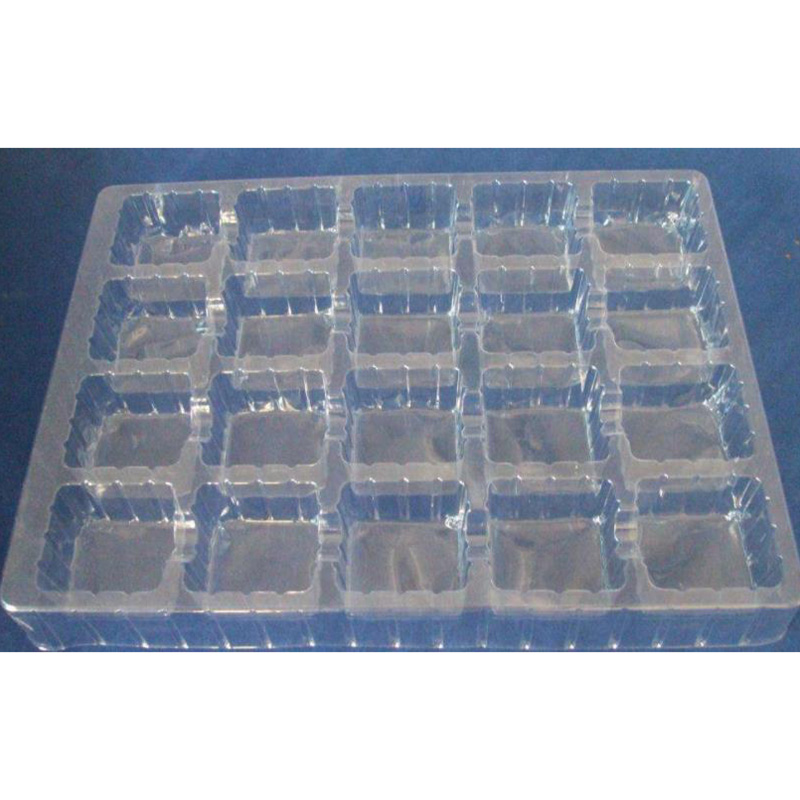
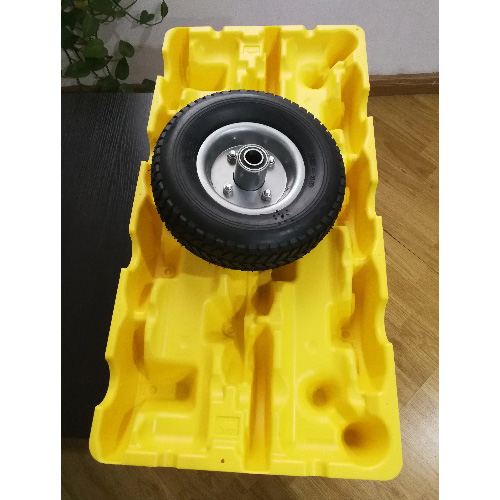
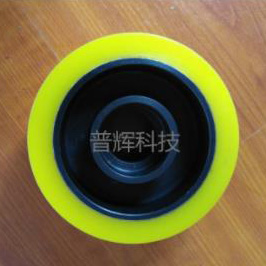
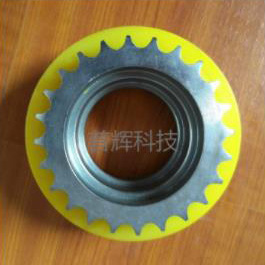
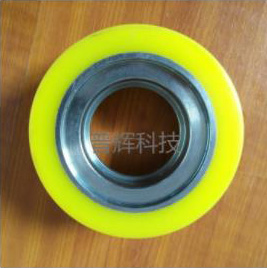
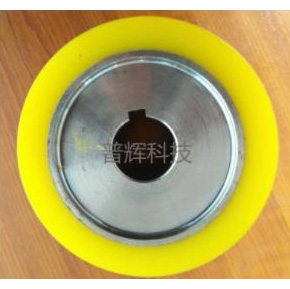
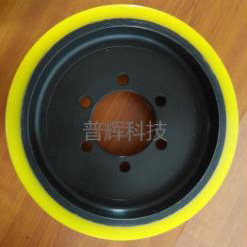
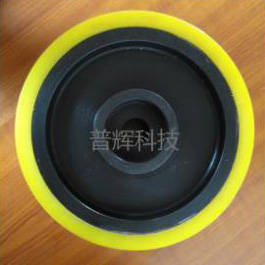
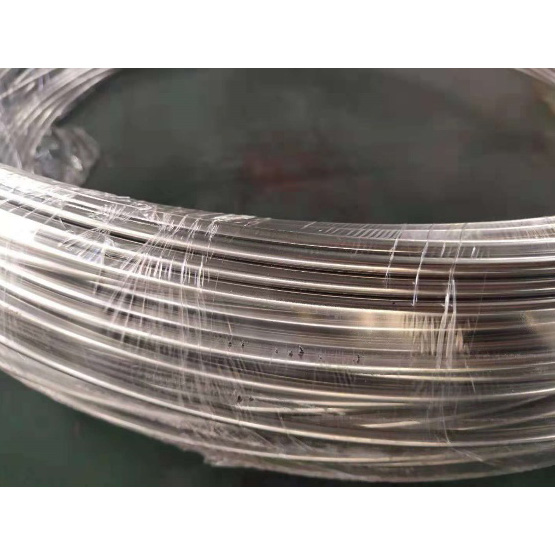






















Most of the metal parts will be machined before they are put into use, which is the last way before they are assembled. Therefore, the quality and cost of mechanical processing have a great impact on the quality and cost of mechanical parts and even the whole machine. Therefore, in the design process, we must consider the problem of mechanical processing technology.
Especially for some special mechanical parts, their manufacturing process often has great particularity, which should be considered in design. Whether a part can be manufactured or not may be a decisive factor in the adoption of a design scheme. Therefore, the following problems should be paid attention to in the structural design of these machined parts.
1. Material-saving Parts Structural Design
Attention should be paid to reducing the size of the blank. The flange is made of round steel directly. If the maximum diameter of the flange is designed to be 100 mm, it should be machined with 105 mm or 110 mm round steel. If the design maximum diameter is 98 mm, it can be processed with 100 mm steel, which can save a lot of steel.
2. Structural Design for Reducing Machining Workload
(1) The influence of casting error should be taken into account.
The error of casting parts is relatively large, so it must be fully considered when designing the processing surface of castings. If the bearing end cover matches the convex platform on the box body, the position of the convex platform on the box body is difficult to achieve very accurate. If the diameter of the end cap flange is designed to be exactly equal to that of the convex platform, the protrusion of the end cap beyond the convex platform will often occur due to the influence of casting errors. Therefore, the diameter of casting convex should be larger.
(2) Surfaces with different machining accuracy should be separated
When the roughness of two surfaces is different, there must be a clear demarcation line between the two surfaces. In this way, it is not only convenient to process, but also beautiful in shape.
3. Structural Design for Reducing Manual or Supplementary Processing
(1) Surface grinding instead of manual grinding of guideways
The guideway of the universal tool microscope of large optical metrology instrument was originally designed as circular guideway, which was used for manual grinding, and then modified to flat V guideway. It was processed by a surface grinder, and the productivity was greatly improved.
(2) Replacing scraping and grinding the gearbox subcompartment with surface grinding or fine planer
The subdivision surface of the partition reducer box body requires a higher flatness. In the past, some production units used manual scraping and grinding, which resulted in large workload and low productivity. Later, surface grinders were mostly used to process live and fine planes.
4. Simplify the shape and requirements of the machined surface
(1) The non-circular parts must be avoided with the stop fit.
There is a flange on the surface of the box part to match it. In order to locate the cover accurately, besides fixing with screw, a stop fit is designed. The fit hole should be circular, not rectangular, square, elliptical and other shapes.
(2) Chamfering of parts with complex shapes
The chamfering of parts with complex shape is difficult to process. For complex shapes such as ellipse, it is difficult to chamfer by mechanical processing, and manual chamfering, which makes it difficult to guarantee the processing quality.
5. Part Structure Design for Easy Holding and Measuring
Avoid parts structure that can not be clamped. Mechanical parts must be clamped on the machine when they are processed, so there must be parts on the machine that are easy to clamp. In addition, the clamping part must have enough support force to ensure that the part will not shake under the action of cutting force. Therefore, the parts have enough stiffness to avoid clamping deformation.
6. Avoiding the disadvantage of cutting tool
Tools are easy to enter or exit the processing surface. When the tool enters or exits the processing surface, it requires certain movement space, and enough clearance should be reserved in design.
7. Correctly handle the structure of shaft and hole (inner and outer surface)
Complex machined surface should be designed on the outer surface rather than on the inner surface. Shaft parts are easier to process than holes. Therefore, when two axes and hole-shaped parts are fitted together, and there are some more complex structures among them, it is often better to design these structures on the axle than on the inner surface of the hole.
Previous: How to Turn Superalloy in Machining